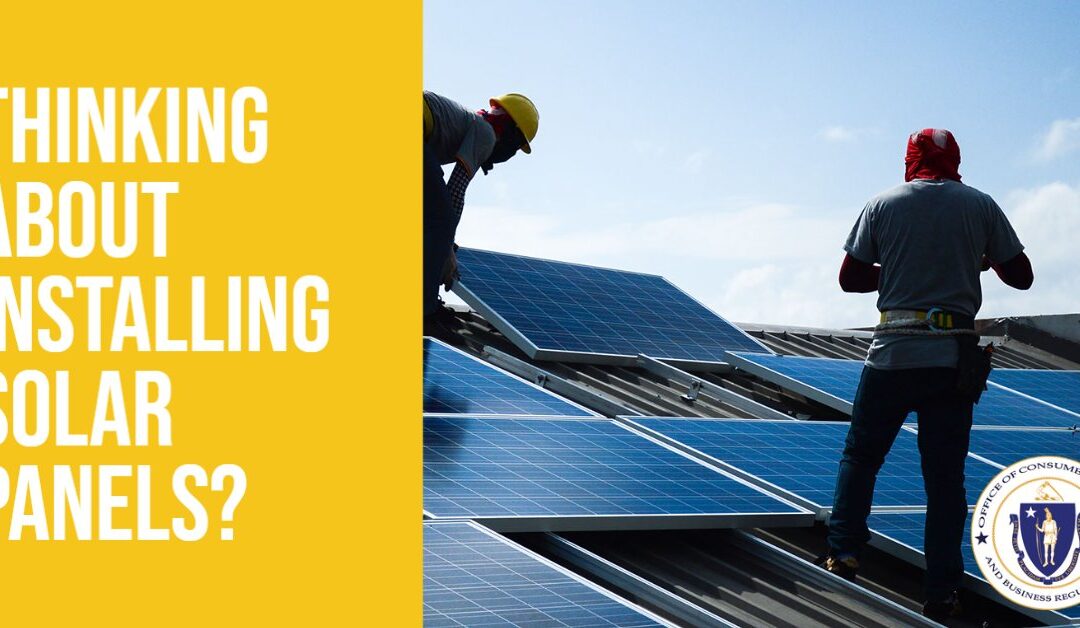Introduction to Solar Energy
Solar energy is a powerful and renewable source of energy that harnesses the abundant sunlight reaching the Earth. Comprising a mixture of visible light, infrared radiation, ultraviolet rays, and electromagnetic radiation, solar energy triggers chemical reactions that generate electricity. This article explores the world of solar energy, covering everything from its fundamental principles to the various types of solar panels, installation processes, benefits, and potential setbacks.
Understanding Solar Panels and Energy Generation
Solar energy is captured through two primary methods: thermal and electric power. Thermal energy is harnessed using flat plate collectors, which convert sunlight into thermal energy for heating purposes. On the other hand, electric energy is generated using photovoltaic cells that directly convert solar radiation into electricity. These cells are commonly made from crystalline silicon with conductive properties, often arranged in panels.
Exploring Solar Panel Types and Efficiency
Solar panels come in several types, including monocrystalline, polycrystalline, and thin-film. Monocrystalline panels offer higher efficiency due to their advanced manufacturing process. Additionally, micro inverters and power optimizers enhance efficiency by optimizing individual panel output. While solar panel efficiency is often misunderstood, it’s crucial to note that it signifies the energy conversion rate from sunlight to electricity.
Benefits and Considerations of Solar Energy
The benefits of solar energy are substantial. It provides clean, renewable energy, reduces electricity bills, and contributes to a greener environment. However, solar energy has its limitations. Photovoltaic systems produce variable energy based on sunlight availability, and certain pollutants are generated during the manufacturing process. Despite these drawbacks, solar energy remains a compelling solution for sustainable power generation.
Installation and Financing Options
Installing a solar panel system involves several key components, including solar panels, mounting systems, inverters, batteries for energy storage, and monitoring systems. Homeowners can choose between personal loans, solar leases, and solar power purchasing agreements for financing options. Exploring federal and state incentives and tax credits can significantly offset the initial investment.
Maximizing Solar Energy Production
Various factors influence the effectiveness of a solar energy system, such as system size, climatic conditions, and geographic location. Solar tracking technology adjusts panel angles to maximize exposure to sunlight, while different mounting options, like roof mounts, ground mounts, and pole mounts, cater to varying needs and environments.
Maintenance and DIY Installation
Maintaining a solar energy system requires occasional cleaning to remove debris, snow, and dust from panels. Batteries, if used, may need regular check-ups, especially for flooded lead-acid accumulators. Homeowners can choose to install solar panels themselves, with a qualified electrician finalizing the connection, or hire a professional solar panel installation company.
Embracing Solar Energy for a Sustainable Future
Solar energy stands as a beacon of sustainable power generation, offering numerous benefits for both the environment and homeowners’ wallets. By understanding solar panel technology, installation options, and maintenance requirements, individuals and communities can contribute to a cleaner and more energy-efficient future. Get a personlized solar design and energy report for the house: www.masssolarinitiative.com/book
Sources:
- [Source URLs from the original article]
- U.S. Department of Energy: https://www.energy.gov/eere/solar/homeowners-guide-going-solar
- Homebuilding: https://www.energy.gov/eere/solar/solar-energy-guide-homebuilders
- MassSolarInitiative: https://samplelinksweb.com/Mass_solar/the-mass-solar-initiative-provides-a-better-experience-for-homeowners/


